Plaiting or braiding our horses’ dates back many centuries and was a practical method for keeping the long mane hair in a neat plait so that it didn’t get caught up in harness and saddlery. It was also used by the military to ensure the mane was plaited away from a soldier’s sword or gun holder.
Prior to the 20th Century, horses were used for work, transport, and by the military. Whilst plaiting was rarely used for enhancing turnout, there were instances where work and military horses would be plaited or braided for special events, and occasions. The practice of braiding was also implemented amongst farmers and labourers as a means of keeping the horse from damaging its own mane or tail by becoming tangled in farming equipment.
It was also used to differentiate between types of horses, and the class of horse that was used for hunting, driving, and hacking.
The level of turnout of the carriage and riding horses in the days before motorised transport, also dictated the wealth of the owner and gentry at that time.
In more recent times when the emphasis moved away from the horse being used for work and transport, horse ownership moved significantly into the leisure industry and became a popular hobby as well as becoming an equestrian sport for many types of horses.
With the growing focus within the competition world, and with horses being accepted within the sport world, braiding and plaiting has become a significant part of the show and competition turnout when preparing a horse for a show or event.
In the UK, breed societies have been established, to continue to highlight the importance of our native British breeds, and to ensure the breed lines continue. We are particularly fortunate to have support for the original heavy horses, that ploughed the land and pulled the heavy carts. The most well-known breeds include the Shire Horse, Clydesdale, and Suffolk Punch. These beautiful animals are still bred and used in many of the old country ways by enthusiasts and can be seen plaited, braided, and turned out in their traditional style which includes braiding into the mane a coloured mane roll as well as adding in flights to draw attention and accentuate the line of the horse’s neck.
With every type of horse there will be a way of plaiting and braiding to enhance the neckline, whether it’s a simple running plait that works best on longer thick manes, or the little button plaits that can be sewn into the horse’s hair with yarn, or waxed cotton plaiting thread. Silicone or rubber bands can also be used and are a quicker and more modern technique to fix in the round button plaits.
Today plaiting and braiding our horses has become visually rewarding, resulting in a high level of interest as a trending subject on social media. The interest and styles from all over the world have brought equestrian plaiting and braiding and as a result specific plaiting grooming products to the forefront of the equestrian shopping basket.
Perfect plaits and turnout are accessible to all, at Smart Grooming we provide the right products to help you achieve the perfect finish, although a little bit of practice will help you too!
Check out our “how to” pages and find us on You Tube for further tips and advice.
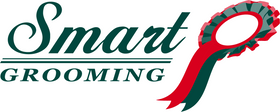

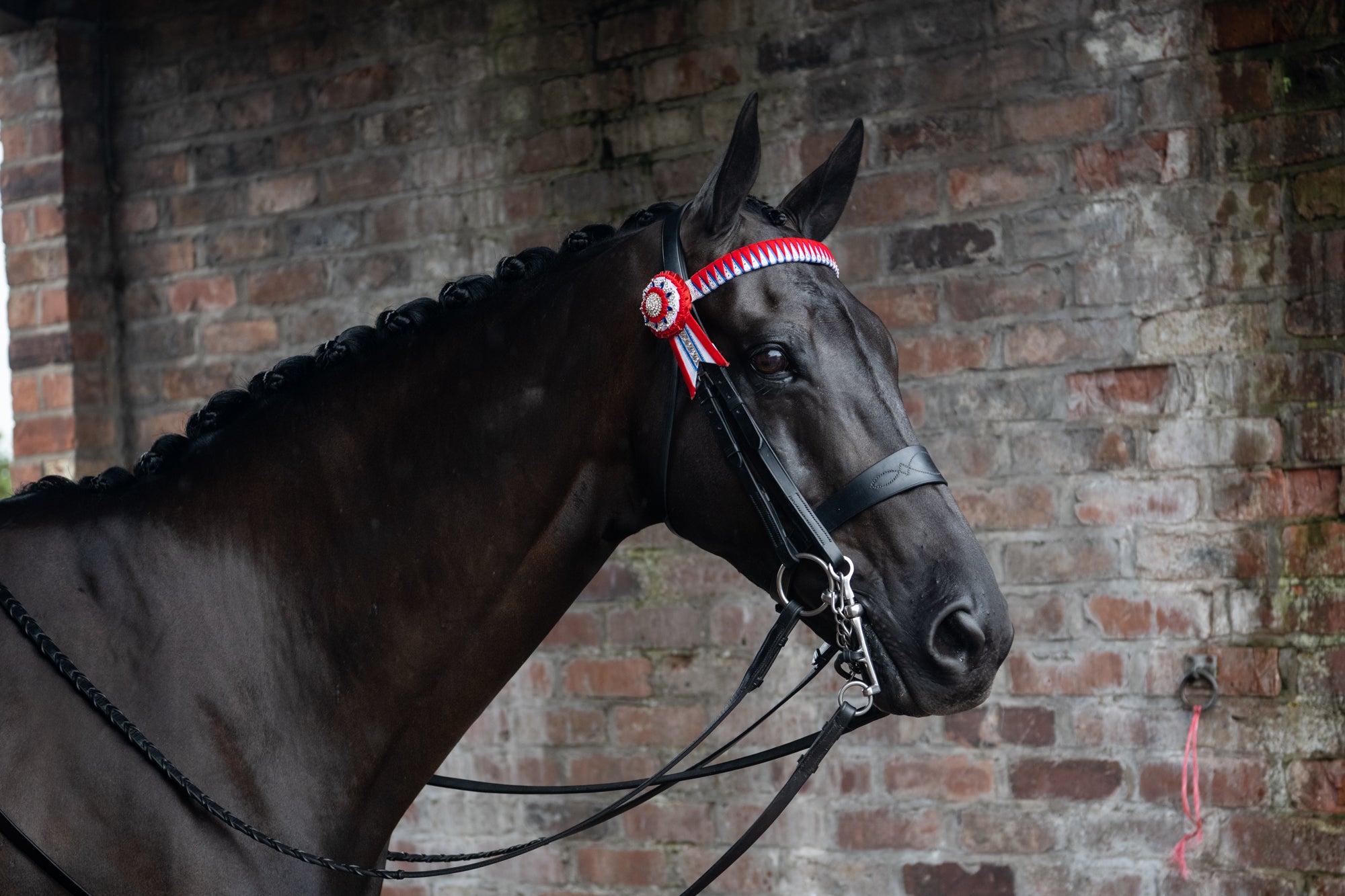
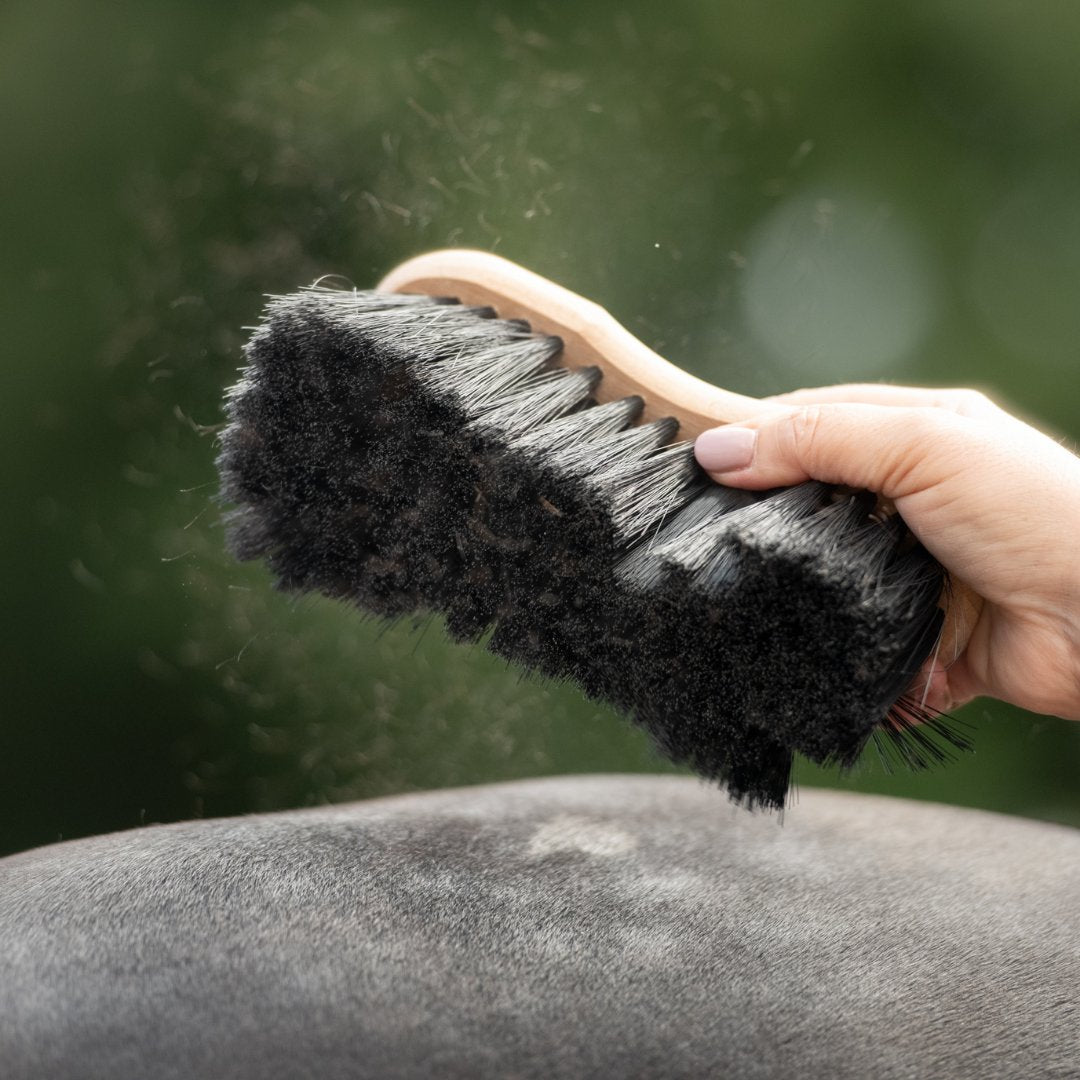
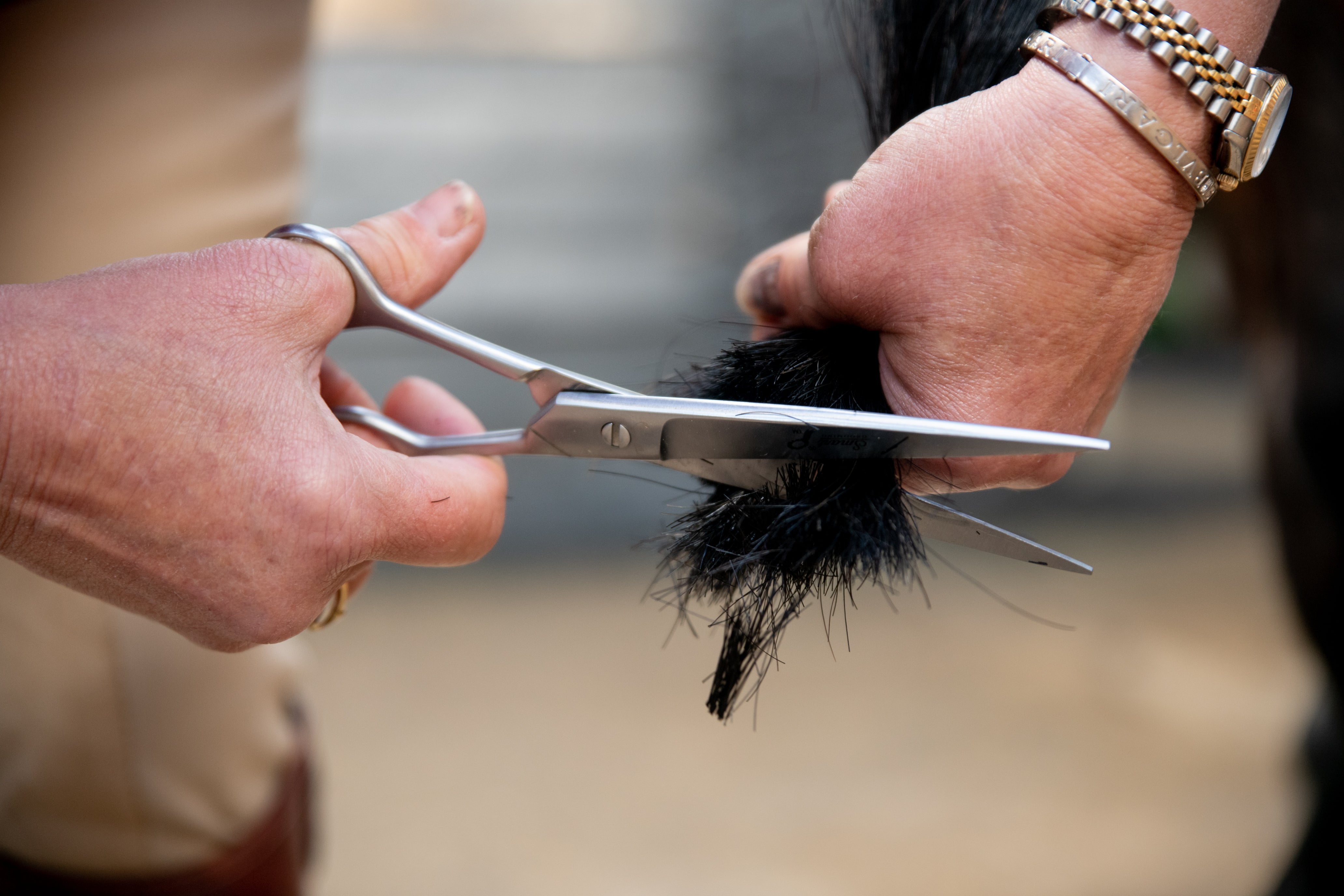

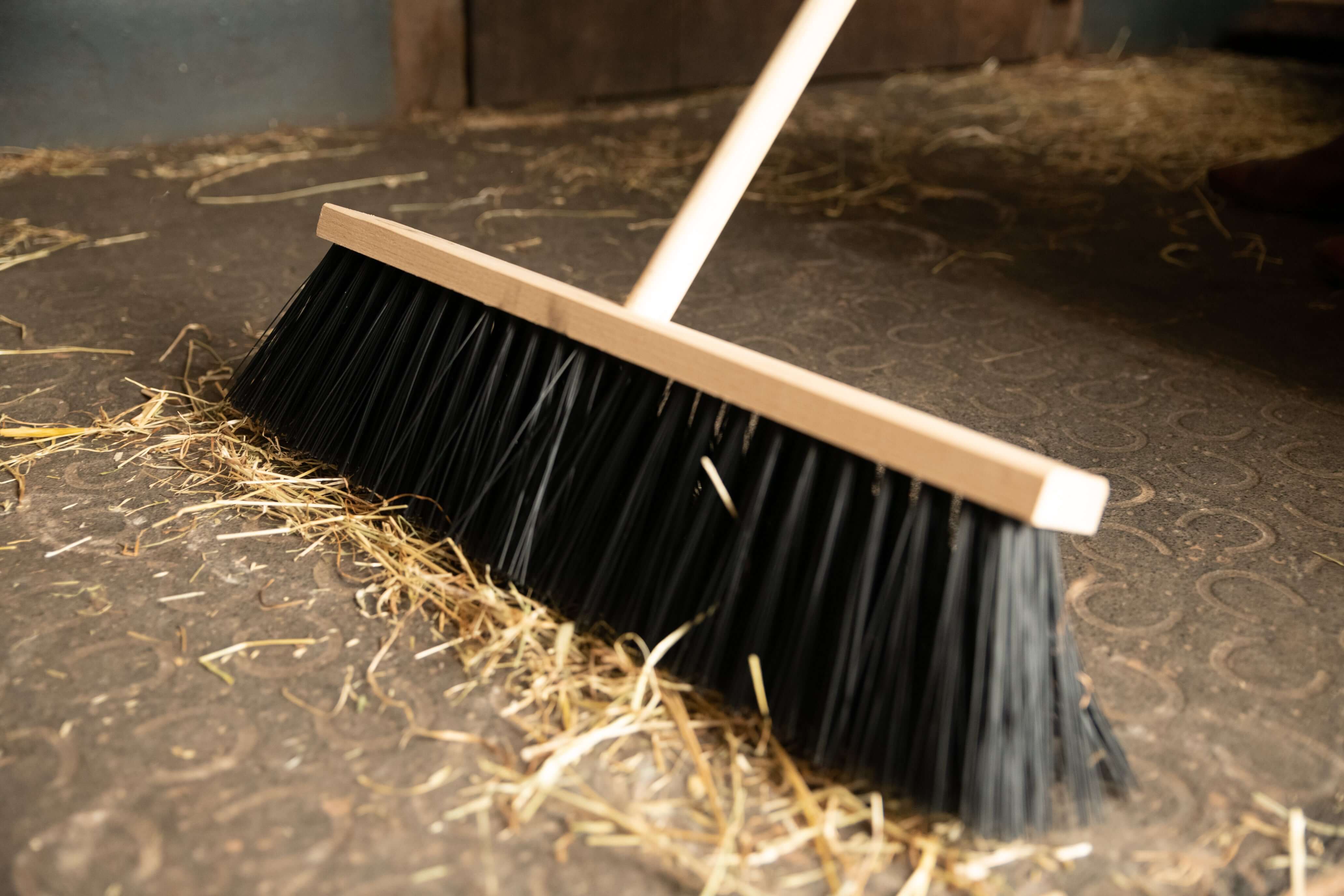
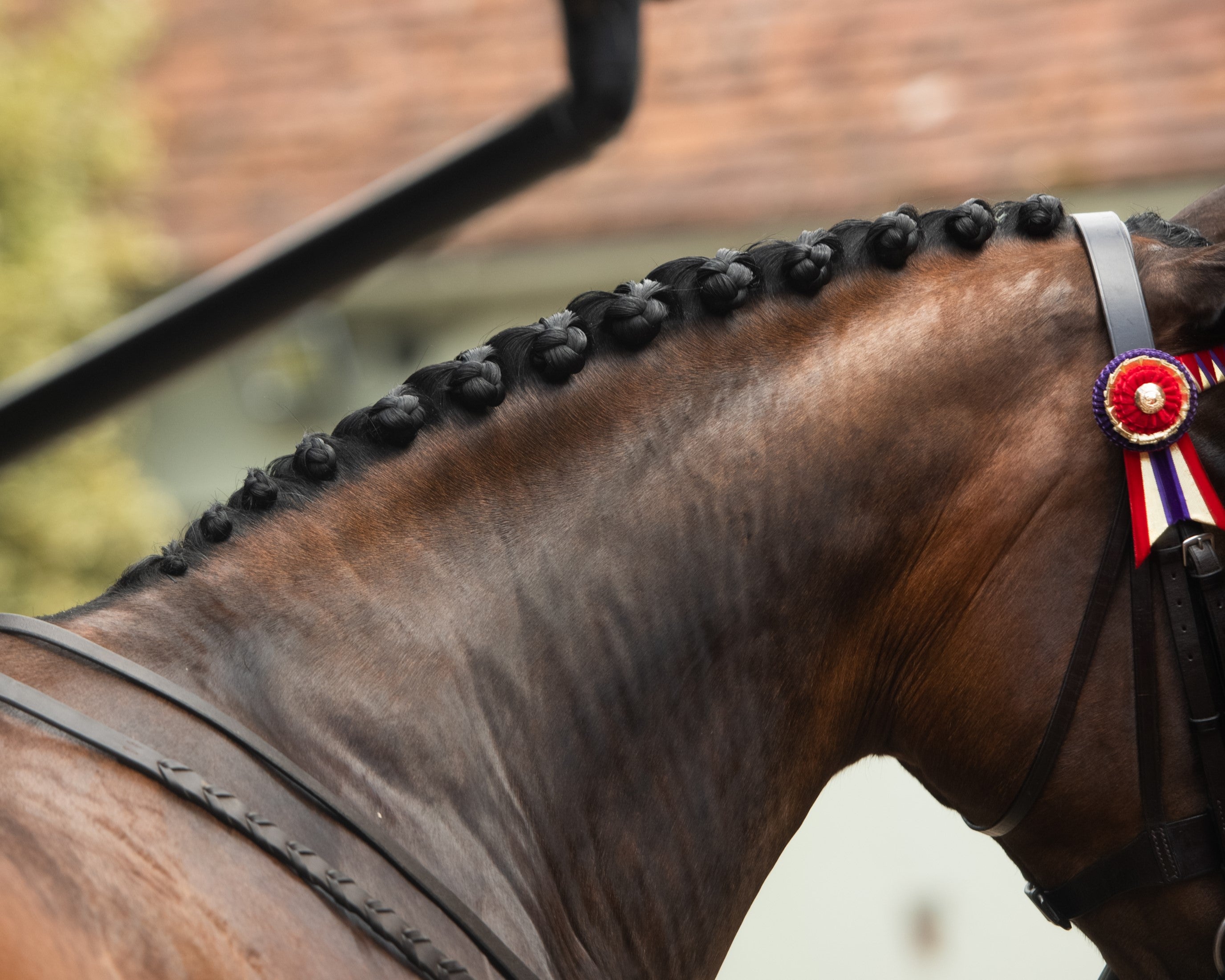
Lascia un commento